For many of those who love to write, blogging is a dream job where they can not only follow their passion but also earn a steady income. Moreover, blogging helps create the online identity of an author.
While there are many platforms available for developing blog writing applications or platforms, Docker is a great choice.
What is Docker?
Docker is an open-source containerization platform that accelerates the workflow. It provides developers the freedom to innovate with different ideas while developing and deploying applications, including blogging apps.
According to the 2019 Stack Overflow Developer Survey (learnworthy.net), Docker has been ranked 1st in “Most loved platform” and 2nd in “Most wanted platform.” Blogging apps that use Docker as a platform enjoy far more benefits than those that don’t.
10 Best Docker-based Blogging Apps
There are dozens of Docker-based blogging apps and platforms available out there. Here is our pick of the 10 best Docker blogging apps:
1. Ghost
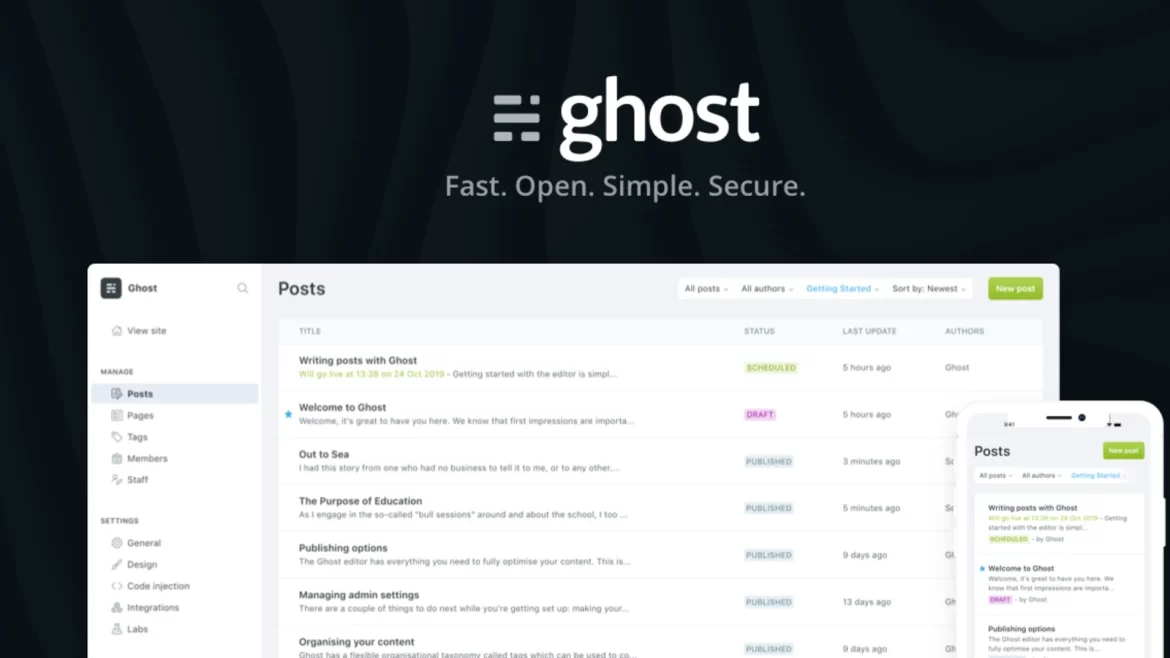 Founded in April 2013, soon after a very successful Kickstarter campaign, Ghost has a mission to create the best open-source platform focused solely on professional publishing for all independent writers and journalists across the world.
Founded in April 2013, soon after a very successful Kickstarter campaign, Ghost has a mission to create the best open-source platform focused solely on professional publishing for all independent writers and journalists across the world.
The Ghost app is written in JavaScript and distributed under the MIT License. It is a blogging app that is flexible enough to integrate with other apps and services. Also, one can avail of this app for free.
The blogging platform has revolutionized the world of online media by building a sustainable business around a free core application. There have been more than 2 million installations of the application to date.
2. Hexo
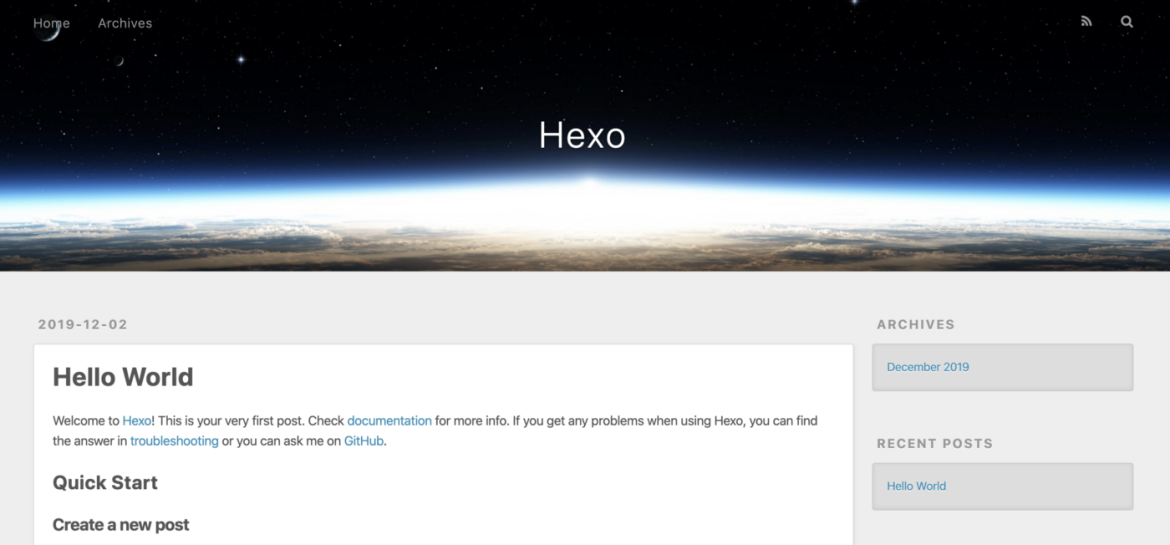 Hexo is a fast and simple-yet-powerful blog framework that uses NodeJS. It is quite powerful, with the ability to build hundreds of files in milliseconds, and supports all the features of GitHub-flavored Markdown as well as Octopress plugins.
Hexo is a fast and simple-yet-powerful blog framework that uses NodeJS. It is quite powerful, with the ability to build hundreds of files in milliseconds, and supports all the features of GitHub-flavored Markdown as well as Octopress plugins.
It offers hundreds of themes, plugins, and much more for users to choose from and do exactly what they have been dreaming of. Hexo comes well-equipped with an amazing application programming interface (API) for unlimited extensibility. It requires only one command to deploy GitHub Pages, Heroku, and other platforms.
3. Known
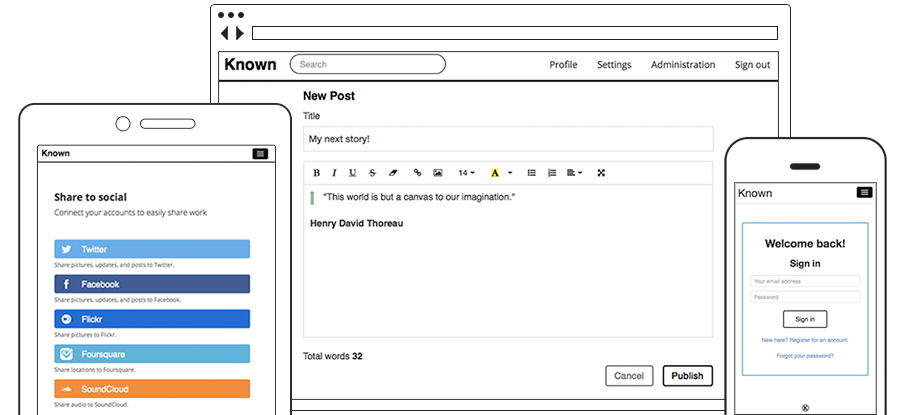 Known is an open-source blogging tool that provides a way for easy publishing. This social blogging app allows multiple users to create and share photographs, statuses, notes, stories, songs, and much more on a shared site.
Known is an open-source blogging tool that provides a way for easy publishing. This social blogging app allows multiple users to create and share photographs, statuses, notes, stories, songs, and much more on a shared site.
The blogging app is a robust open-source framework, simple to install, and can be easily used to build fully-fledged community sites or a blog for a single user. Its web interface works well with any device and also supports multi-user use.
Whether it is a sunrise on a beach or a blog from the road, the user can express it with just a single click with the Known app anytime, at any place.
With more than 500,000 installations, Known has been recognized as one of the best social publishing platforms where users can keep a copy of the content that they publish. It is also well acquainted with W3C Recommendations, Micropub, and Webmention, among others.
4. Pebble
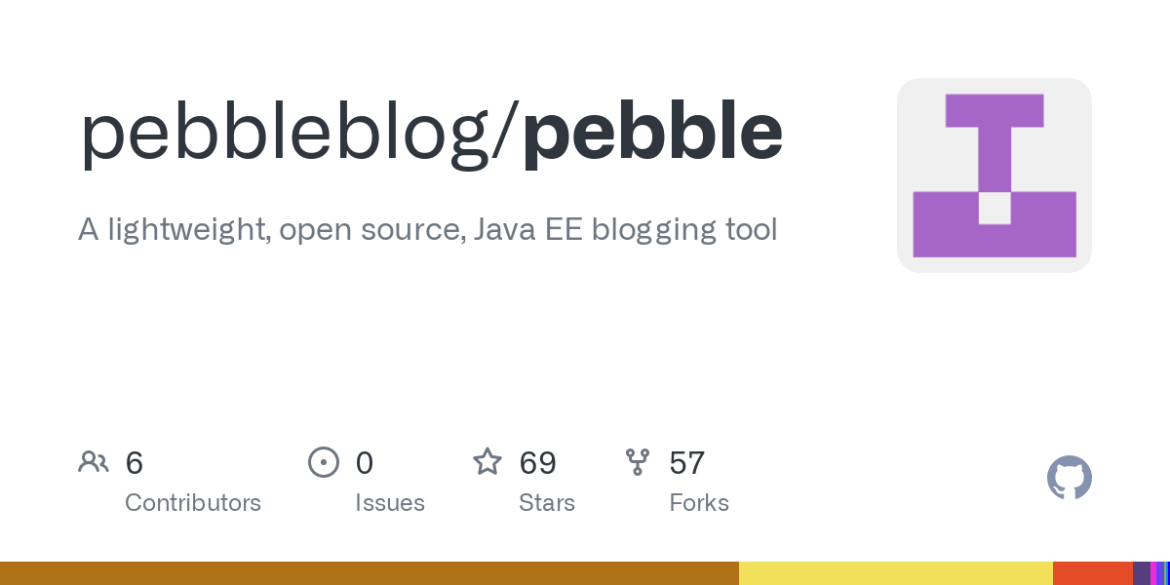
Pebble is a lightweight open-platform tool for blogging. The app is written in Java EE. It is fast, small, easy to use, and comes with unrivaled ease of installation. There is no need to install a database as the blog is stored in XML files on the disk.
All maintenance and publishing of the content can be done via web browsers. The rich text editor support makes Pebble ideal for travelers or those who do not have direct access to the host.
Pebble is well-acquainted with the MetaWeblog API interface, which is included for posting content via compatible tools. Some of the features of the app include:
- publishing of static content in addition to blog entries.
- The users can link to their favorite social bookmarking sites.
- RSS enclosures for podcasting.
5. Maple blog
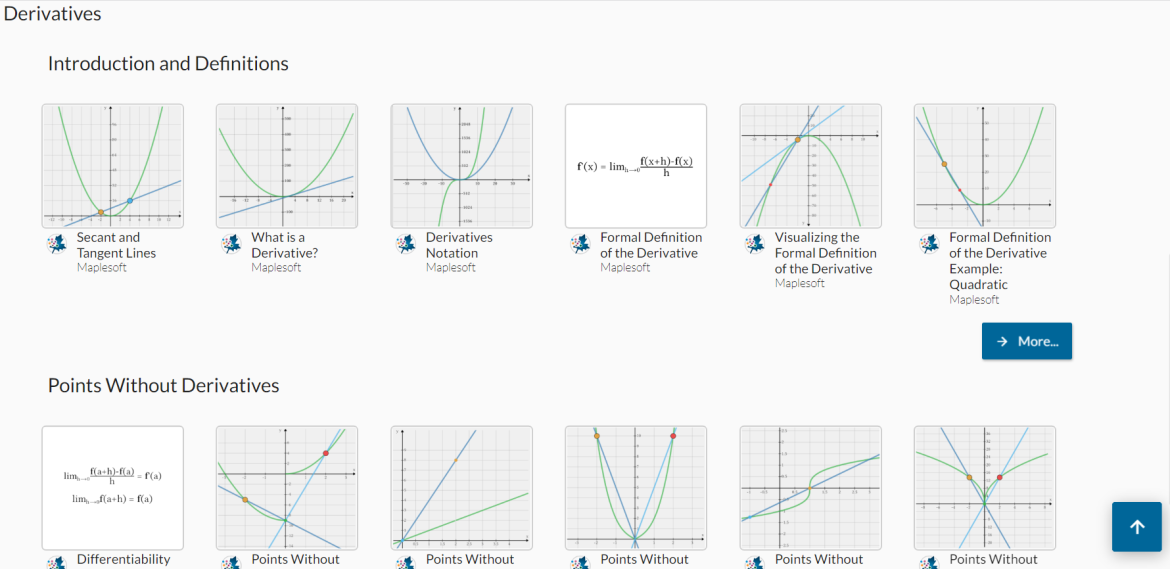
Maple blog is a free and open-source blogging app with a lightweight design, especially to focus on writing and art-directed blogs.
It gives the user full freedom over the words that use MVC Struts 1.1-based Weblog. Mappleblog is simple to use and configure and uses Hibernate as the database layer and Tiles/JSP for its view.
6. Sedotpress
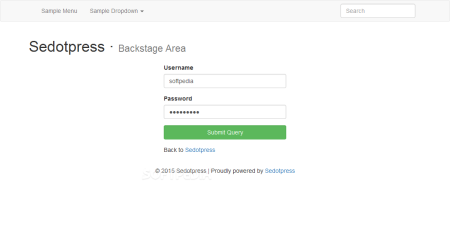 It is a new, lightweight blogging platform that has minimal resource requirements and is written in PHP. The blogging app is not only fast but also accompanied by a superior security and is easy to use with the PHP blog engine.
It is a new, lightweight blogging platform that has minimal resource requirements and is written in PHP. The blogging app is not only fast but also accompanied by a superior security and is easy to use with the PHP blog engine.
The post shared to the Sedotpress app is saved in JSON format and features an in-built catching function and comment system. Some of the important features of the app include:
- XML Sitemap
- Clean uniform resource locator (mod-rewrite),
- flat file (no database required),
- RSS,
- Fast post search, and
- Admin area
7. Angular Blog CMS
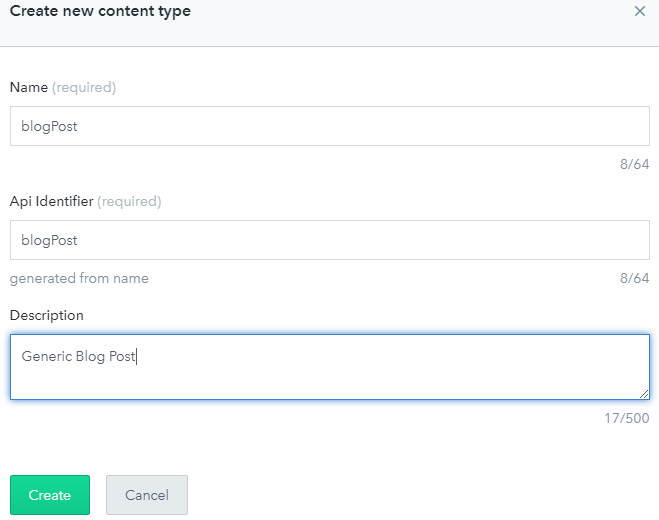 The Angular Blog CMS is a simple, modern blogging platform that uses the Angular framework. It is blazing fast for writing content and is also powerful in terms of SEO with a single page application (SPA) architecture.
The Angular Blog CMS is a simple, modern blogging platform that uses the Angular framework. It is blazing fast for writing content and is also powerful in terms of SEO with a single page application (SPA) architecture.
The app is static and the user does not need a database on installation. Users can create posts and update articles in the blogs.ts file present in the src\app\ directory.
Some of the most notable features of the Angular Blog CMS platform include:
- CMS
- Availability as a website, framework, and web app, and
- single-page application architecture.
8. Blosxom
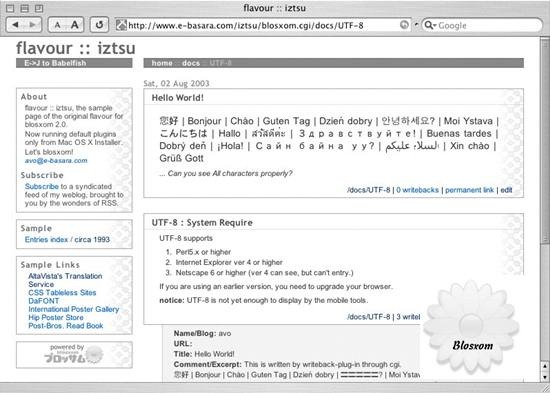 Blosxom is a lightweight, free weblog application designed with interoperability in mind. Instead of a database management system, the blogging app uses a pre-existing file system and produces static HTML files, hence differentiating it from other blogging apps.
Blosxom is a lightweight, free weblog application designed with interoperability in mind. Instead of a database management system, the blogging app uses a pre-existing file system and produces static HTML files, hence differentiating it from other blogging apps.
The design of the Blosxom app is simply based on a content management system and is written in Perl by Rael Dornfest. All configurations in the app are done by editing this script, and weblog entries are stored as plain text files that consist of a headline, optional headers, or meta information.
Some of the important features of the app include:
- CGI scripting
- RSS feeds,
- content categorization,
- Content retrieval by date and
- Extensibility with dozens of plugins.
9. Blogs/ core
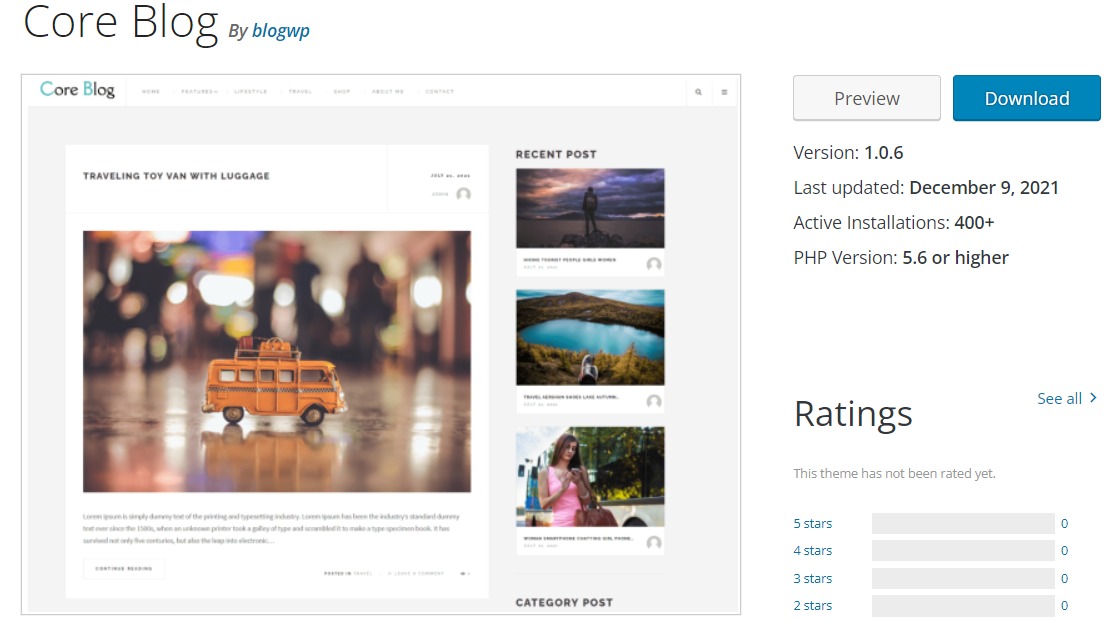 It is a free, open-source blogging application. With blogsa, the writer does not need an additional configuration to be made in an app but can use free deployment services like Heroku to publish your blog.
It is a free, open-source blogging application. With blogsa, the writer does not need an additional configuration to be made in an app but can use free deployment services like Heroku to publish your blog.
Blogsa/core allows writers to set up a portal and also allows the customization of user-profiles and blogging activities.
10. iWiccle
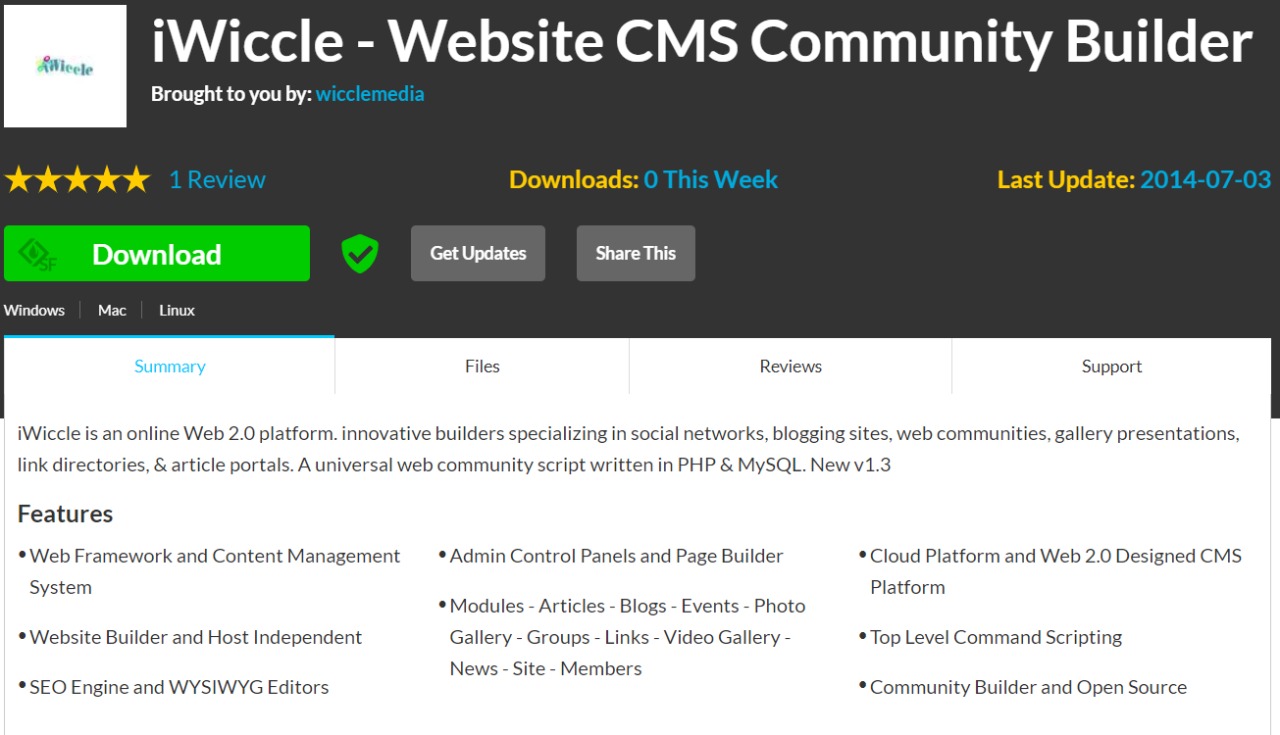 iWiccle is a free blogging application that can be installed on any operating system. Written in PHP and MySQL, iWiccle specializes in social networks, blogging sites, web communities, gallery presentations, and article portals.
iWiccle is a free blogging application that can be installed on any operating system. Written in PHP and MySQL, iWiccle specializes in social networks, blogging sites, web communities, gallery presentations, and article portals.
Important features of the blogging app include:
- A robust web framework and content management system
- It features a website builder.
- It comes with admin control panels and a page builder.
- top-level command scripting.
- It comes with a community builder.
Conclusion
Docker acts as a platform for many other blogging apps, like OpenShift, Katacoda, InFrame, Iwebs, and more. It is best suited for those who write magazines and can easily manage categories, articles, comments, RSS feeds, counting, and much more.
With all the options available, a writer can choose the app that best suits her requirements and/or the project at hand.
People are also reading:
- Dockerfile vs Docker Compose
- How to Run Docker
- How to Set Docker Memory and CPU Usage Limit?
- Docker Image vs Container
- Docker Run Command
Frequently Asked Questions
1. What is Docker?
Applications are packaged, deployed, and run with Docker using a platform called Docker. Containers allow Docker applications to run on any system, including developer laptops, premises-based systems, and cloud-based systems.
2. Is Docker difficult to learn?
Ans: A beginner can easily pick up Docker and learn how to use it. Docker is pretty simple to learn whether you want to use it for development, operations, or infrastructure.
3. What are Docker images?
Using Docker images, you can run code inside a Docker container. A Docker image serves as a template for building a Docker container.
4. What is Dockerhub?
With Docker Hub, you can find containers and share them with your team.
5. What applications can run on Docker?
In Docker containers, both Linux and Windows programs can be run.
6. Why should I run my app in Docker?
Developers can access all the necessary bits and pieces of the software they’re working on thanks to Docker. Therefore, if someone adds software dependencies, everyone will have them at their disposal.